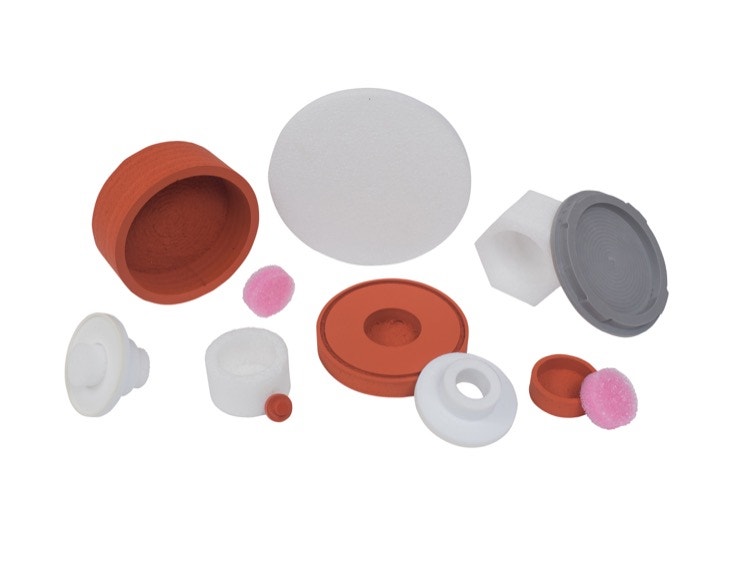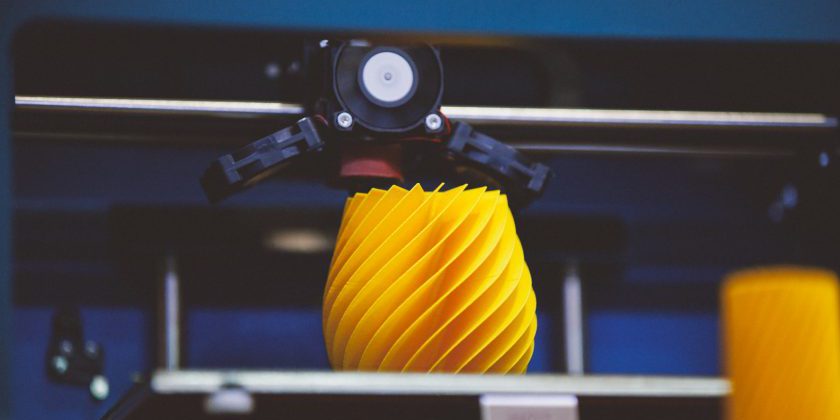
Rapid Prototyping to Speed Up Developing Your Startup App - Truths
Beaman creator of DTM Corporation [DTM Rapid, Tool pictured] supplies a historical perspective: The roots of quick prototyping innovation can be traced to practices in topography and photosculpture. Within TOPOGRAPHY Blanther (1892) recommended a layered technique for making a mold for raised relief paper topographical maps. The procedure included cutting the contour lines on a series of plates which were then stacked.

PHOTOSCULPTURE was a 19th-century method to develop precise three-dimensional reproductions of things. Most notoriously Francois Willeme (1860) put 24 cameras in a circular variety and all at once photographed an object. The silhouette of each photograph was then used to sculpt a replica. Morioka (1935, 1944) established a hybrid photo sculpture and topographic procedure utilizing structured light to photographically create contour lines of a things.

The Definitive Guide to Rapid Prototyping for Early Stage Start-Ups - - UX Magazine
The Munz (1956) Process reproduced a three-dimensional image of a things by selectively exposing, layer by layer, a picture emulsion on a decreasing piston. After fixing, a solid transparent cylinder includes an image of the object. "The Origins of Rapid Prototyping - RP comes from the ever-growing CAD industry, more particularly, the strong modeling side of CAD.
However not till the development of real solid modeling could innovative processes such as RP be established. Did you see this? , who helped discovered 3D Systems in 1986, developed the very first RP procedure. This procedure, called stereolithography, builds objects by treating thin consecutive layers of specific ultraviolet light-sensitive liquid resins with a low-power laser.
The smart Trick of What is Rapid Prototyping, prototyping techniques, benefits That Nobody is Talking About

The innovations described as Solid Freeform Fabrication are what we recognize today as quick prototyping, 3D printing or additive manufacturing: Swainson (1977 ), Schwerzel (1984) dealt with polymerization of a photosensitive polymer